By Al Hemingway
On February 6, 1945, the 10,000 POWs of Stalag Luft IV received their marching orders to move out. They were told it would take several days. It lasted 86, with the men covering nearly 600 miles. Prisoners were pressed onward at a grueling pace. Many soon came down with dysentery, diphtheria, pneumonia, typhus, trench foot, and tuberculosis. Frostbite resulted in the loss of limbs, toes, and fingers.
Major Leslie Caplan, one of the few doctors who endured the death march, recalled, “Some men drank from the ditches that others had used as latrines. Dysentery made bowel movements frequent, bloody, and uncontrollable. Men were forced to sleep on ground covered with feces of those who had passed before them … Our sanitation approached medieval standards, and the inevitable result was disease, suffering, and death.”
Doctor Caplan tried desperately to get medical supplies from the Germans but was turned down. “I had no stethoscope,” he later wrote, so to examine someone, he “would kneel by the patient, expose his chest, scrape off the lice, then place my ear directly on his chest and listen.”
Often referred to as “luftgangsters” or “terror fliegers,” the air crews of the Allied air forces were not popular among the civilian population who resided in the cities. Many were marked for death if they crashed in an area where the populace was hostile toward them. Some crew members were summarily executed if snared by SS troopers or angry mobs of people for delivering such destruction to their homes.
During the march, however, the farms that dotted the countryside had not been on the receiving end of such destruction. Although it was forbidden to trade with the farmers, many guards ignored the rule and looked the other way, allowing the marchers to barter for food. Items such as watches, rings, cigarette lighters, and even chocolate were given up.
Men had to procure their own food, and there were scant supplies in the war-torn German countryside. Although they could be shot by their guards, the marchers took to stealing farm animals such as pigs and chickens. However, such livestock was scarce. Occasionally some Red Cross packages, if they were not already pilfered by the guards, arrived for them. The hunger became so intense that some POWs started eating uncooked rats they had captured.
Sometimes barns, such as the one Steve Stupak was wounded in, were used to find refuge from the winter weather. Although it was warmer, the lice and fleas were everywhere. Also, animal and human feces, plus the hundreds of unwashed bodies, littered the inside of the structures and made the stench unbearable. Some preferred to remain outside and brave the elements.
It is estimated that 1,300 men perished on the Death March. Carrol F. Dillon, author of A Domain of Heroes, wrote, “No records were kept, hence only a few cases are documented. When the men dropped by the wayside or were sent off somewhere supposedly to a hospital, their buddies never heard from them again. The survivors believe that there were many that died on the Death March. Certainly a much greater number died then we are aware of.”
Read our interview with survivor Steve Stupak here.
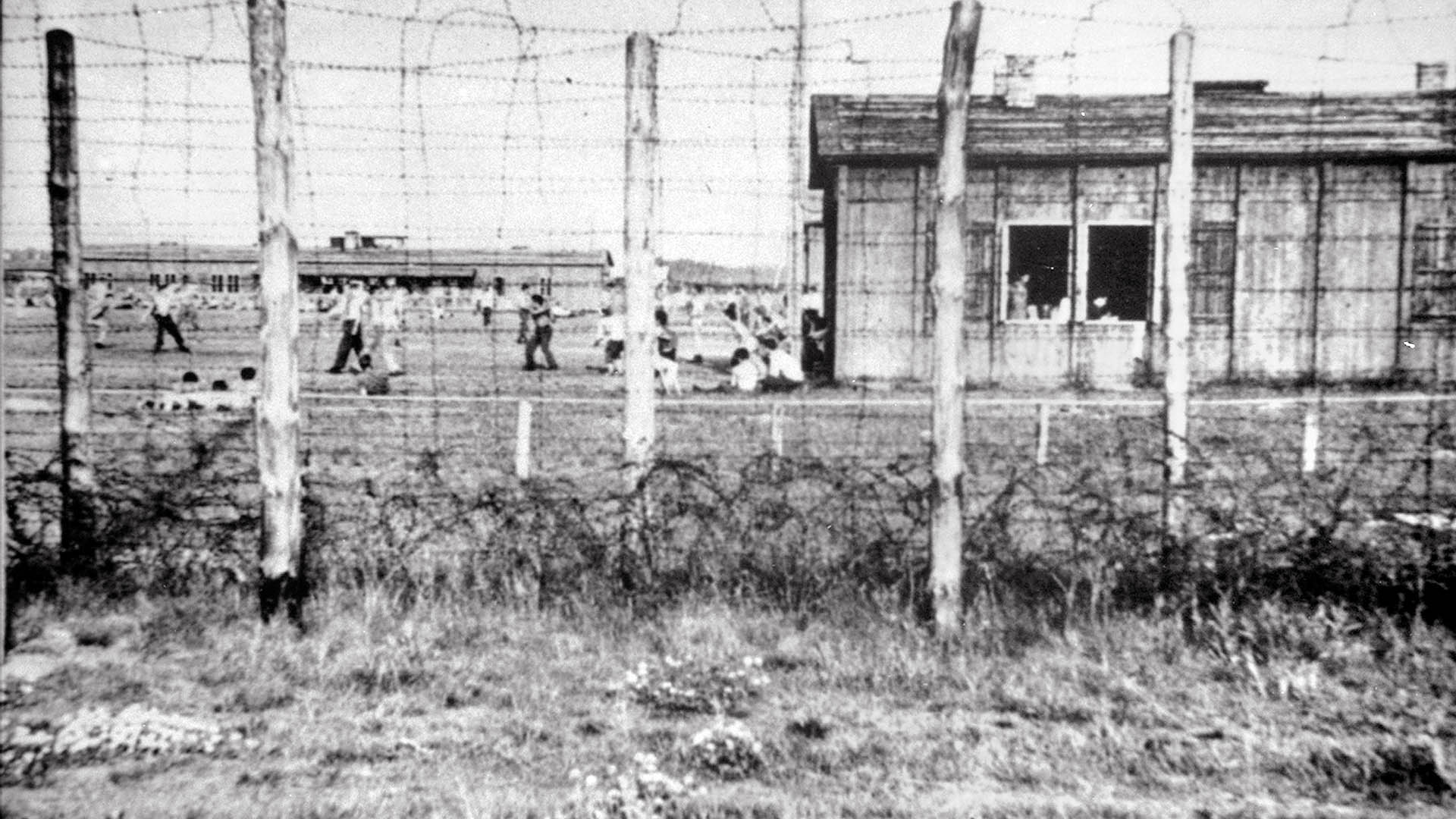
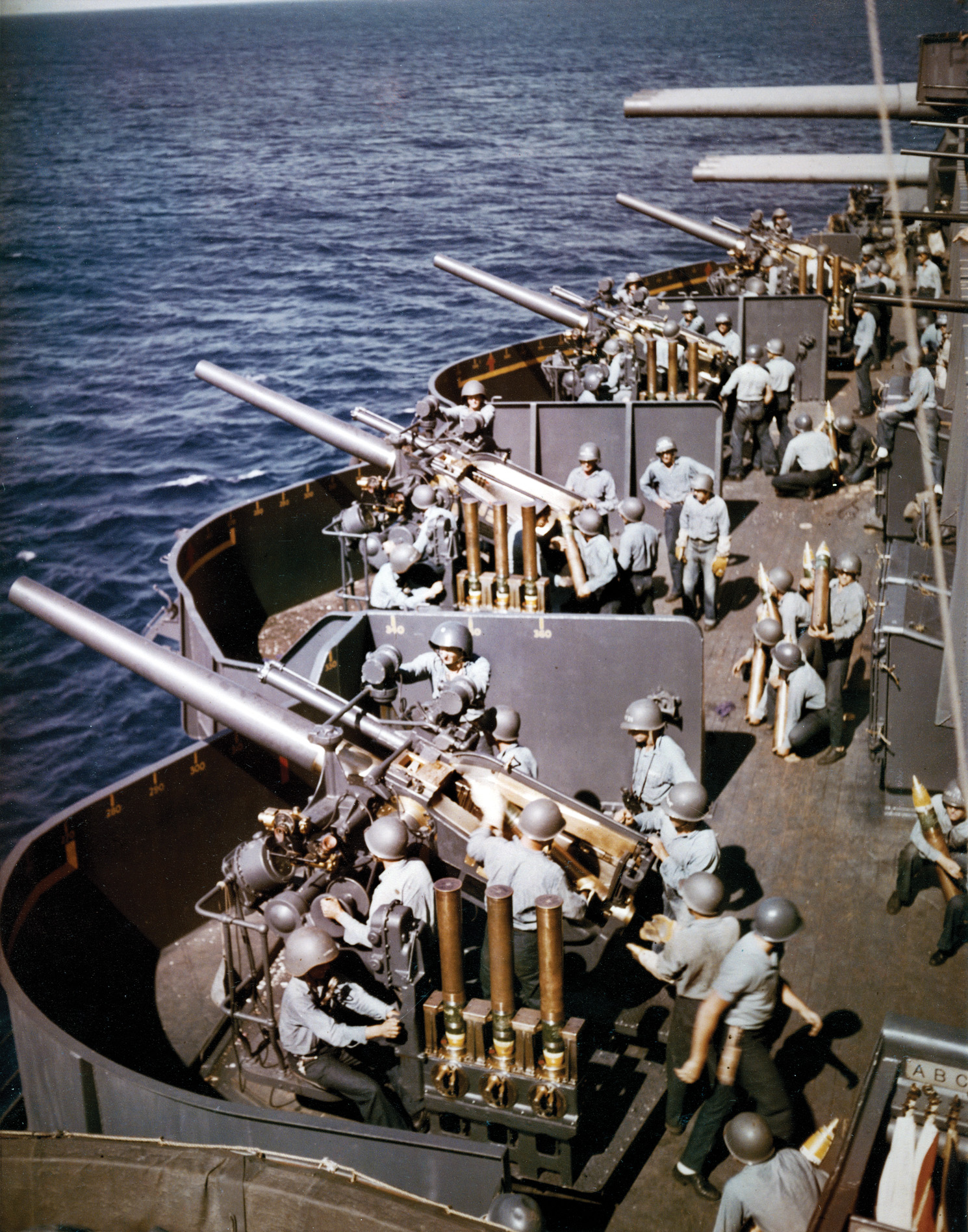
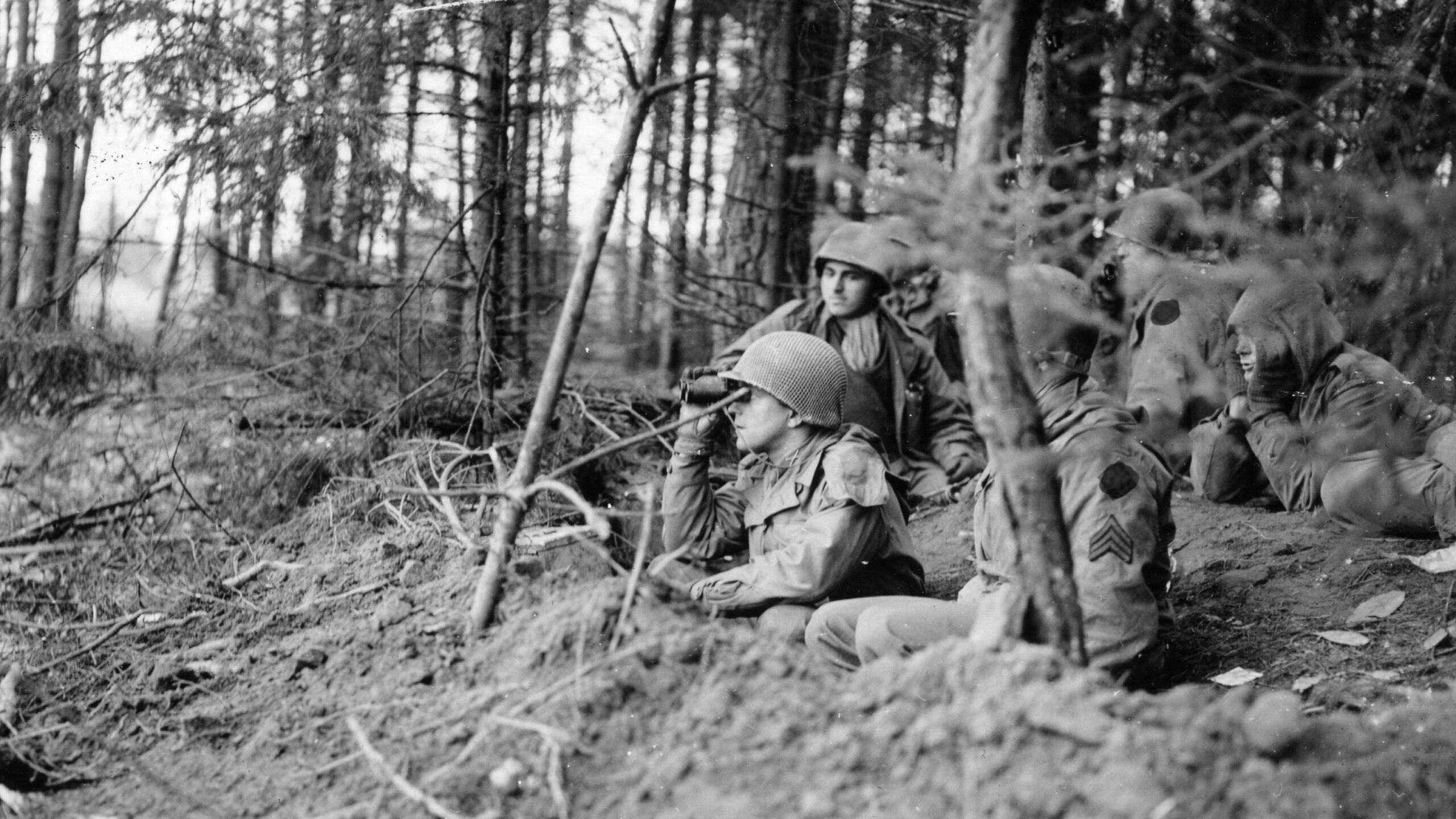
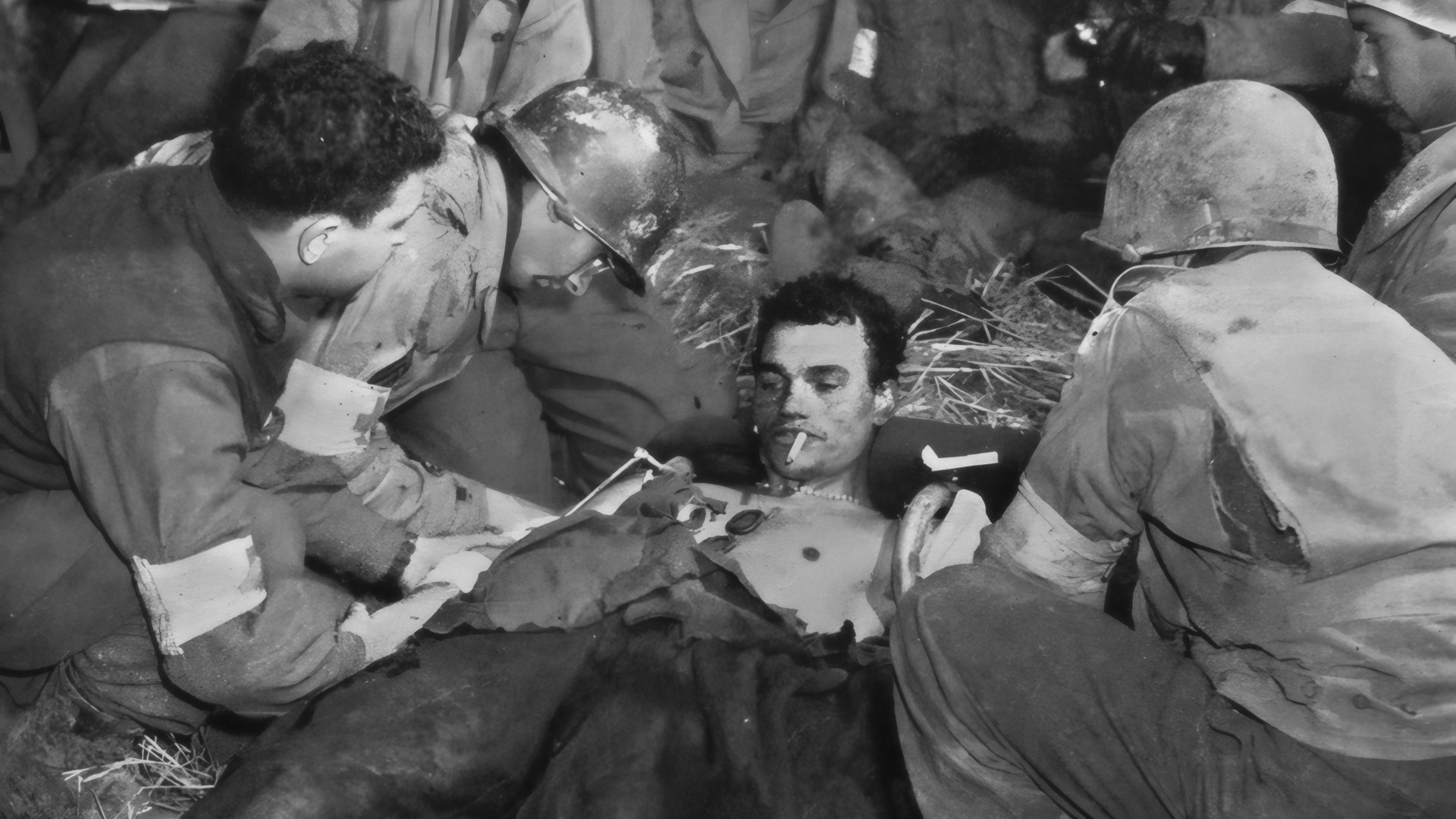

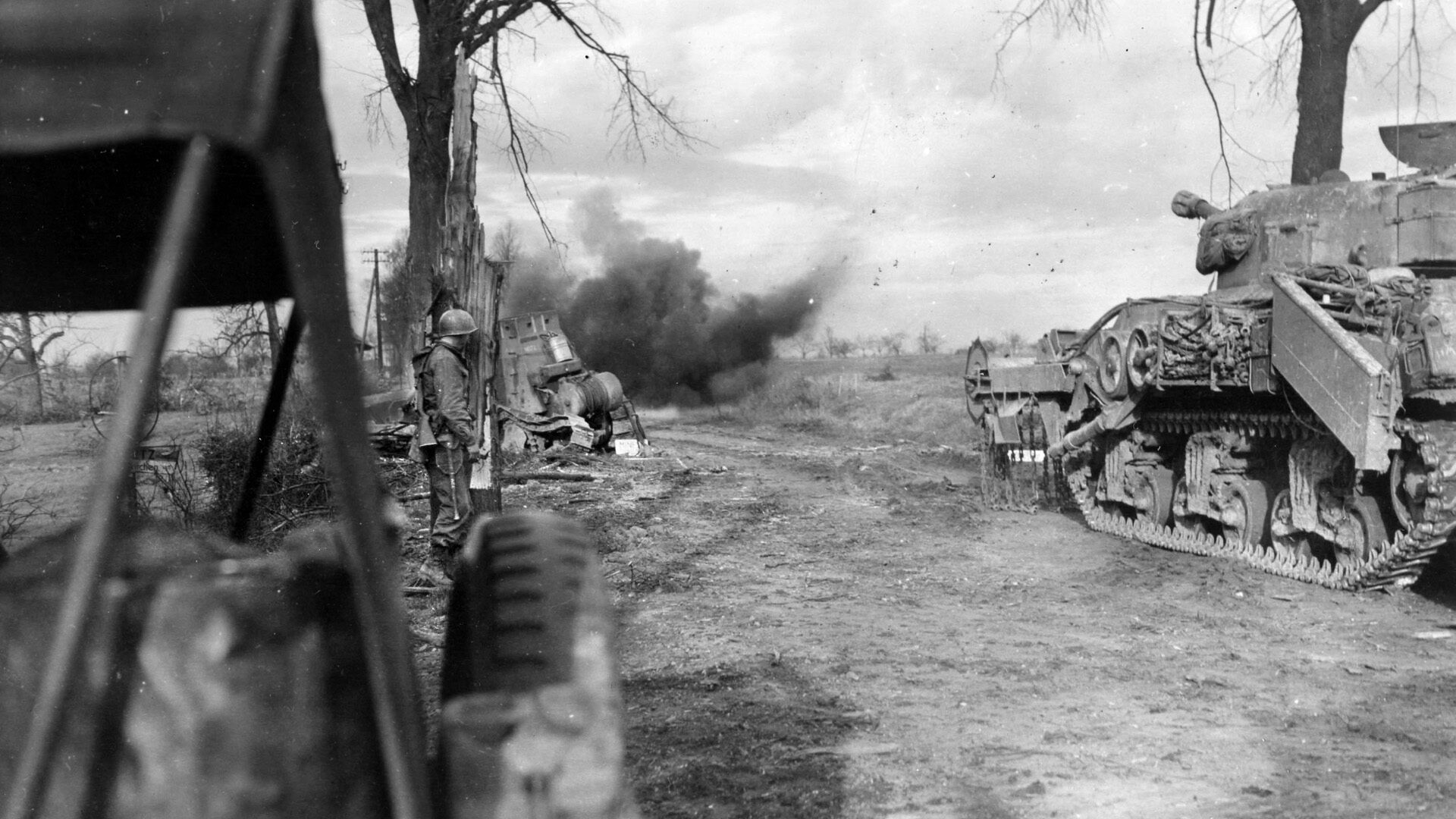
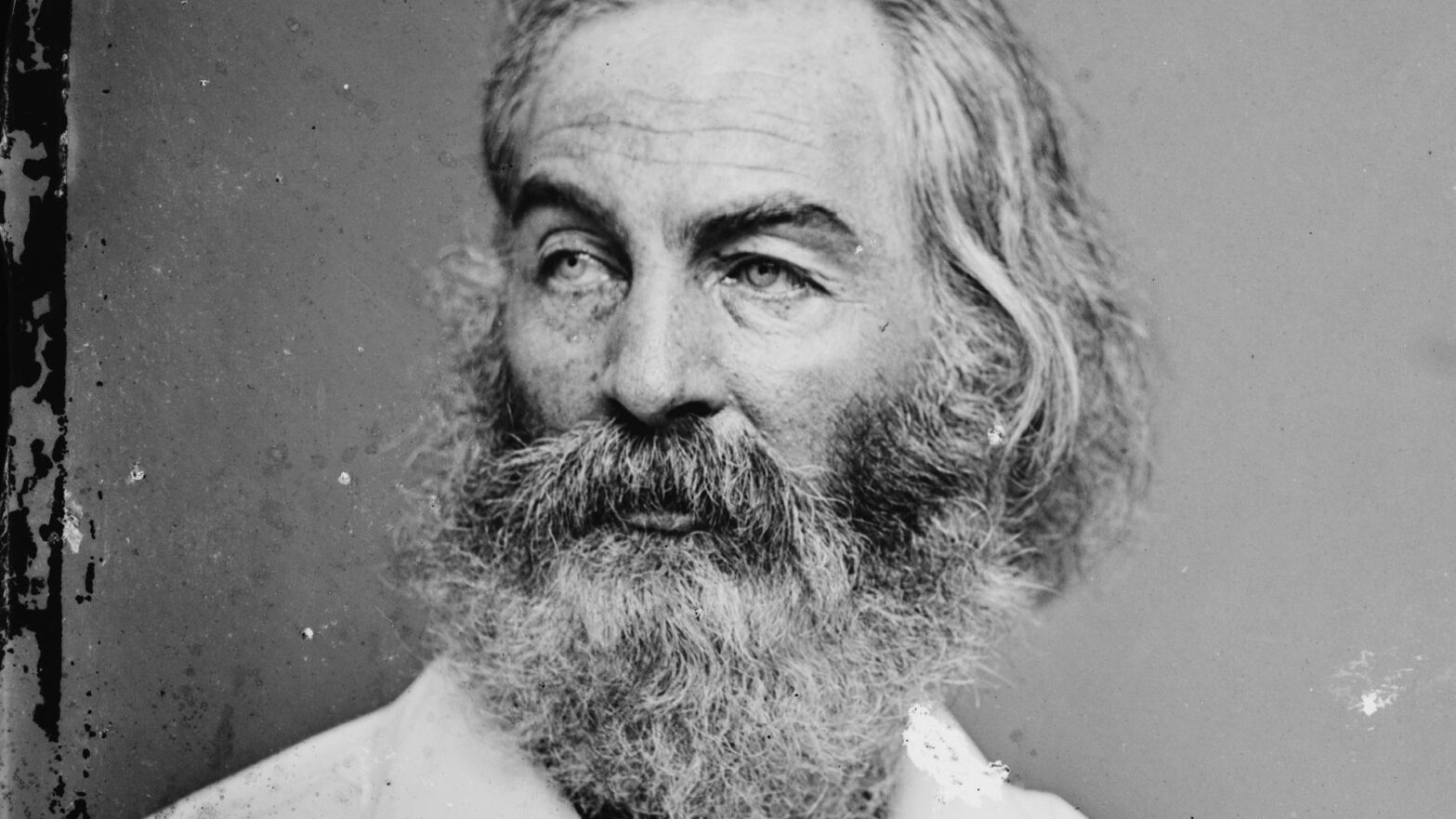
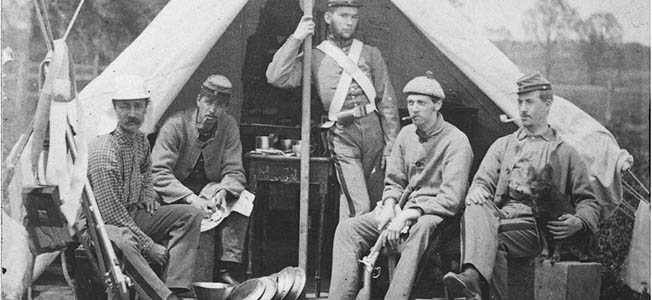
My Uncle Gordon Roope was on the march and survived but suffered from the frostbite damage to his hands and feet for the rest of his life.
My father, Clifton E Huffman, was a survivor of the march. He was 190 lbs when captured in Oct-1944 and 110 lbs when liberated in May, 1945. Probably the only reason he survived the march was because he was a strong WV farm boy. He had dysentery the rest of his life. He died July 31, 2002.
Hey Cliff my name is Michael I live in Eugene Oregon it sounds like your dad hiked with my dad praise the Lord my brother I don’t know you but I’m glad to be leaving a message with you. I envy anybody that was subjected to that whole thing. God bless and I thank you for your dad’s service.
My Father served in the Argyll and Sutherland Highlanders, he was deployed to France with the British Expeditionary Force and was involved in the 51st highland division rearguard action, when ordered to retreat to the beach at Dunkirk he never made it. Was captured by the Germans and sent to Poland. He spent 5 Years in a German POW Camp at Lambsdorf Stalag 8b. When the Russians advanced through Poland he was marched west ( the death March , or the long walk) if you fell behind you were shot or left to your fate. The weather was still winter ( cruel with freezing conditions) the POWs were poorly clothed and many did not survive. My father told me stories about the march, they marched them through towns that had been bombed by the allies , the locals threw stones at them and spat on them there was a railway station that had suffered bombing everything was wrecked, carriages were strewn all over Red Cross parcels were scattered all over from these carriages and Germans SS and Civilians along with POWs were helping themselves to as much as the could carry off on anything that had wheels , another story he recounted was of a big Scotsman being bullied by an unpopular guard big Jock as he was called was not having it and wrestled with the guard after having been riflebutted they both wrestled to the ground over the rifle but the guard got the better of Jock ( who was half starved) the guard pulled the rifle bolt back and fired a shot at Jock as he ran off but another guard seeing the commotion took aim and shot Jock through the neck killing him almost instantly. There was an inquiry into the incident by German officers but the guards concocted a story which was lies and Jocks body was taken away. A number of days later ( they had been on the march since February and it was now May they had been covering sometimes 20 km a day or more. At times allied airplanes would pass over the POWs were worried in case they were mistaken for Gerries but they waved up the pilots and must have been recognised as POWs as the fighter planes passed over wiggling their wings in acknowledgement
. The Russians were on their tail and catching up fast the sound of explosions were in the distance behind them, the guards were worried as they did not want to fall into the hands of the Russians so they scarpered during the night leaving those that did not want to go with them behind. The next day American troops arrived and liberated my father and his comrades. Some guards were caught and rounded up the American soldiers asked the POWs which guards had mistreated them and just shot them on the spot. My father witnessed a lot of his mates being killed in action he was wounded himself when he was captured after the American soldiers liberated them they were taken to the American lines (but it was still very dangerous as the Waffen SS were still putting up a fight and attacks and counter attack were frequent. Finally my father was loaded into a Dakota plane and flown to Belgium then a Lancaster bomber flew him back to Britain where he was debriefed and kept as a weapons instructor until they demob ed him and sent him home to what was left of his family ( both his parents had died while he was held prisoner ) a brother in the Gordon highlanders was killed at Monte Casino after having fought as a desert rat all through the desert campaign, another younger brother at home had died of TB
. My Dad never spoke about the war until later in his life when I was a child he would sometimes cry at Christmas and the new year celebrations I used to wonder about why but as I got to understand his life before I was born I began to know and understand him he died aged 92 I could not have had a better dad later after his death while clearing out his house I came across a cardboard box filled with POW LETTERS which I still have. his Parents had kept all his letters that he sent home from POW camp I’m sure from the stories he told me before his death and the contents of the letters a film could be made.
.
My father, Rudolph Giannoni was a POW in Stalag Luft IV ( Poland now) after being shot down in his B-17 after bombing an oilfield over Misburgh, Germany (from 6/13/44 to 2/45.) He then began the German Black Death March with 10,000 other Stalag Luft IV prisoners. This 600 mile March in circles leading to nowhere was brought on by Hitler knowing he was losing the war and he wanted to get rid of the POW’s but not gas them as he had the Jewish people and others…about 1/4-1/3 of the POW’s died on this March ( numbers are a bit elusive but this is my dad’s recollection and he was a very sharp man) but most of those who survived lost at least 1/3 of their body weight. My dad was about 165 pounds when he was shot down and when he was liberated he was at 90 pounds on a 6’ frame. He always told us that he knew he would come home to the U.S. alive and that prayer, a positive attitude, not taking off his boots for 3 months and having a partner ( his buddy Jack who also survived) was often the difference in living or dying…he suffered from dysentery , body lice and malnutrition (about 200-250 calories/day) like all the others over especially these 90 days but even during the 8 months in Stalag Luft IV the POW’s had only about 700-750 calorie intake daily and were slowly being starved. Throughout his long life my dad sufferrrd ExPOW health issues such as heart disease, skeletal issues and kidney disease and yet as the VA POW doctors often shared with us families, “these war torn veterans seldom complained about any of their issues and simply wanted to live their lives, have families and move forward.”
. The greatest generation was definitely that and more! My dad was so very cherished by us and in turn he cherished each of us. Dad was a volunteer for decades at the Fresno, California VA Medical Center where he was instrumental in the planning, fundraising and building of the POW/MIA Monument that was dedicated in April of 2010. Feel free to Google him…We published his book one year ago now…so miss him. Dad died on September 23, 2015 in Fresno, California at his beloved Fresno VA community living center.
My dad’s B-24 was shot down in June 1944, also. Age ended up in Stalag Luft IV and was also on the Death March. He had heart damage and had his first heart attack at age 46 and a fatal heart attack at age 53. Thanks for sharing your story, as I was only 11 when he passed and never got a chance to talk with him about the war.